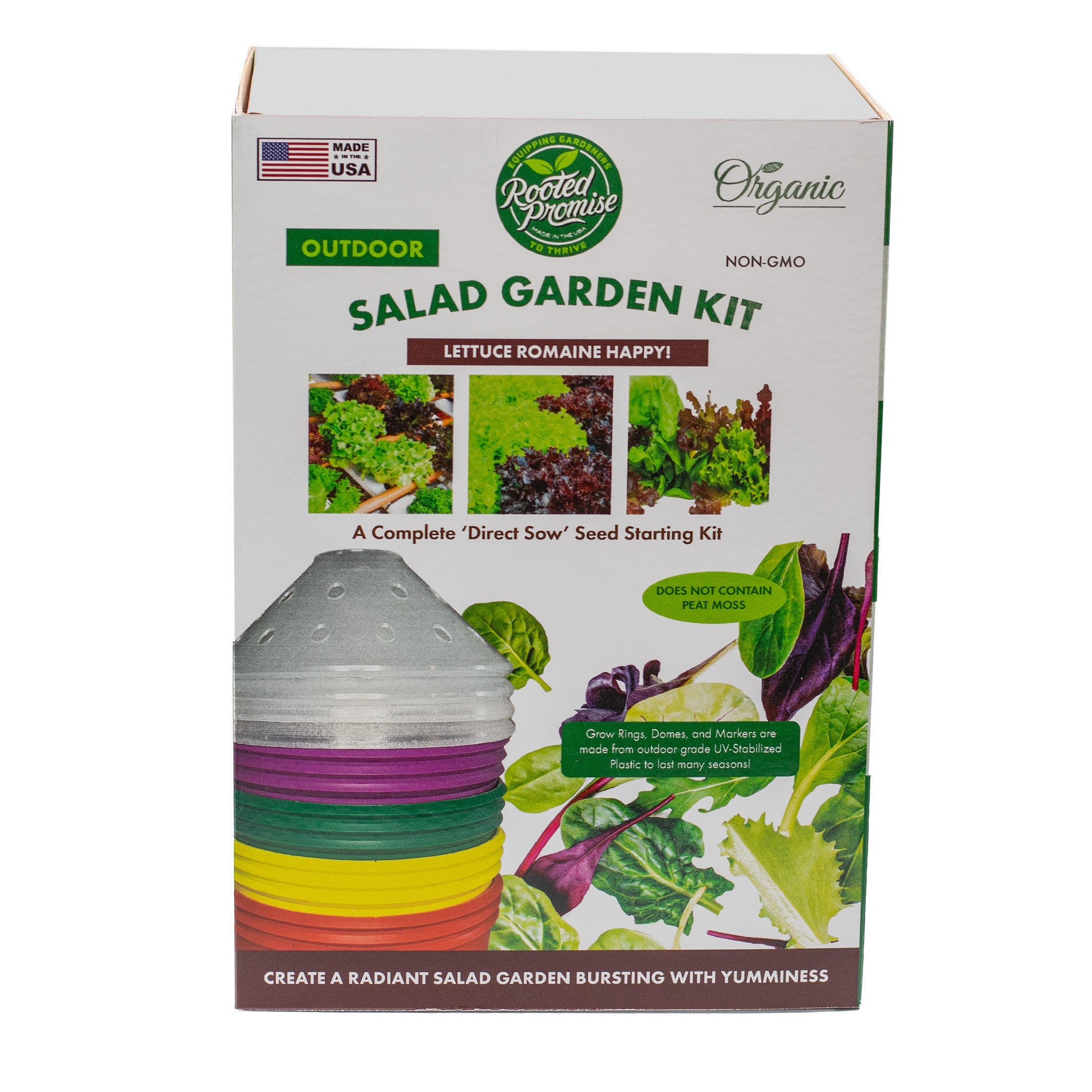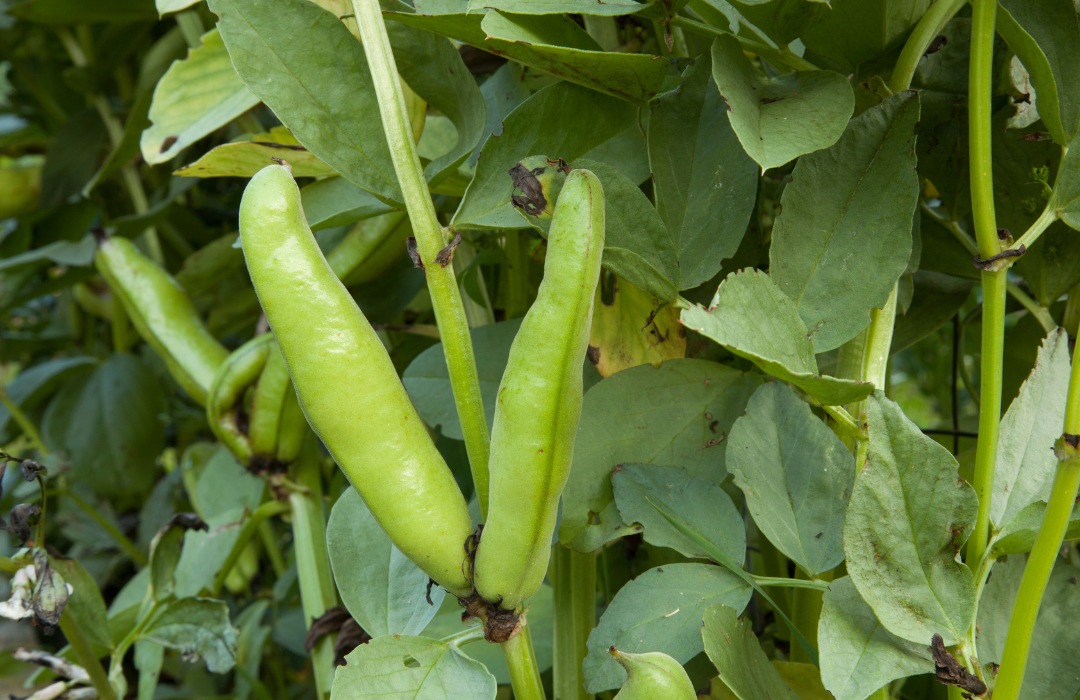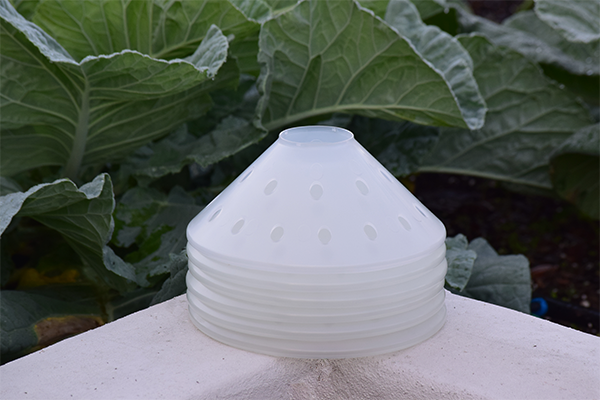Introduction
Did you know there’s a bean that can make you sing? Or that coffee beans are actually not beans? Or that beans really are good for your heart?
To celebrate National Eat Beans Day (yes, it’s really a thing), we are honoring these humble legume’s rich history filled with bizarre stories, unusual facts, and fascinating trivia.
Table of Content
- A Brief History of Beans
- Beans That Saved a Civilization
- World's Oldest Bean
- Vengeful Beans
- Sacred Beans
- Beans as a Symbol of Luck
- The Bean That Inspired a Fairy Tale
- Magic of Jumping Beans
- The Bean That Can Make You Sing
- Coffee Beans are Not Beans
- Record-Breaking Bean
- Exploding Beans
- Beans create a healthier ecosystem
- Beans really are good for the heart!
- Fun Bean Facts
- Conclusion

A Brief History of Beans
Beans have been cultivated for over 10,000 years, playing a crucial role in the diets of ancient civilizations. Archaeologists have discovered evidence of beans in the tombs of Egyptian pharaohs and the ruins of ancient Peru. The versatility and hardiness of beans have allowed them to thrive in various climates and cultures around the world.
World's Oldest Bean
The oldest known bean was discovered in a Peruvian cave and is estimated to be around 8,000 years old. This ancient legume provides a glimpse into the early agricultural practices of humans and highlights the long-standing importance of beans in our diet.
Vengeful Beans
According to ancient Greek mythology, beans were believed to contain the souls of the dead. The philosopher Pythagoras, known for his contributions to mathematics, also had a bizarre belief related to beans. He and his followers refused to eat beans because they thought the legumes contained the souls of the dead and believed eating them could cause them to inhale or consume these souls.
Sacred Beans
In ancient Egypt, beans were considered sacred and were used in religious rituals. Priests were not allowed to consume them, believing they were too sacred for ordinary human consumption. Beans were also used in funerary rites and placed in tombs as offerings to the gods.
Beans as a Symbol of Luck
In many cultures, beans are considered symbols of good luck and prosperity. In the Southern United States, it's a tradition to eat black-eyed peas on New Year's Day for good luck in the coming year.
The Bean That Inspired a Fairy Tale
Who could forget the classic tale of "Jack and the Beanstalk"? This story of a boy who climbs a magical beanstalk to find riches in the sky is inspired by the rapid growth and towering heights that some bean plants can achieve. Scarlet runner beans, for example, can grow up to 12 feet tall, evoking the magical beanstalk of Jack's adventure.
Magic of Jumping Beans
Mexican jumping beans aren't actually beans, but they do come from a seed pod that contains the larva of a small moth. As the larva moves inside the pod, it creates the illusion that the bean is "jumping." These fascinating curiosities have been a source of wonder and entertainment for generations.
The Bean That Can Make You Sing
Fava beans, also known as broad beans, have a unique property: they can cause a condition called favism in some individuals with a genetic deficiency of the enzyme G6PD. This can lead to a range of symptoms, including a peculiar reaction known as "bean shivers" or involuntary shivering, which some cultures poetically refer to as the beans making you "sing."
Coffee Beans are Not Beans

Despite their name, coffee beans are not actually beans. They are the seeds of the coffee plant, contained within a cherry-like fruit. The term "bean" is used because of their resemblance to true beans.
Record-Breaking Bean
The largest bean ever recorded was a variety of lima bean, which reached an astonishing length of over 2 feet! This giant bean is a reminder of the extraordinary diversity and potential within the world of legumes.
Exploding Beans
Some varieties of beans, such as the wild varieties of the common bean (Phaseolus vulgaris), have pods that can burst open when they dry out. This explosive action helps to scatter the seeds far and wide, increasing the chances of germination and survival.
Beans create a healthier ecosystem
Beans are natural nitrogen fixers, taking nitrogen from the air and converting it into a form that plants can use. This enriches the soil, reducing the need for chemical fertilizers.
Growing different varieties of beans can enhance biodiversity in your garden. Different types of beans attract various pollinators and beneficial insects, contributing to a healthier ecosystem.
Beans really are good for the heart!
Beans are a fantastic source of plant-based protein, which is especially beneficial for vegetarians and vegans.
- Consuming beans regularly can help reduce cholesterol levels, lowering the risk of heart disease. Additionally, beans contain antioxidants and anti-inflammatory compounds that support cardiovascular health.
- The fiber in beans helps you feel full longer, reducing overall calorie intake.
- The soluble fiber in beans promotes healthy digestion and a thriving gut microbiome.
- Beans have a low glycemic index, meaning they release energy slowly and help maintain stable blood sugar levels. This is particularly beneficial for people with diabetes.
Fun Bean Facts to share at all the National Bean Day parties you will be attending 😆:
- Beans are one of the few plants that can grow in the arid climate of the Middle East.
- There are over 40,000 bean varieties in the world, though only a fraction are mass-produced for consumption.
- The Guinness World Record for the most beans eaten in one minute is 69, set by a competitive eater in 2017.
Conclusion
Now that you are officially full of bean history and facts, you may want to introduce beans to your garden. With the right tools and a little curiosity, you can grow these incredible legumes and enjoy their numerous benefits.
Happy National Eat Beans day!









